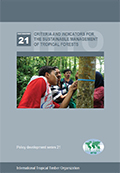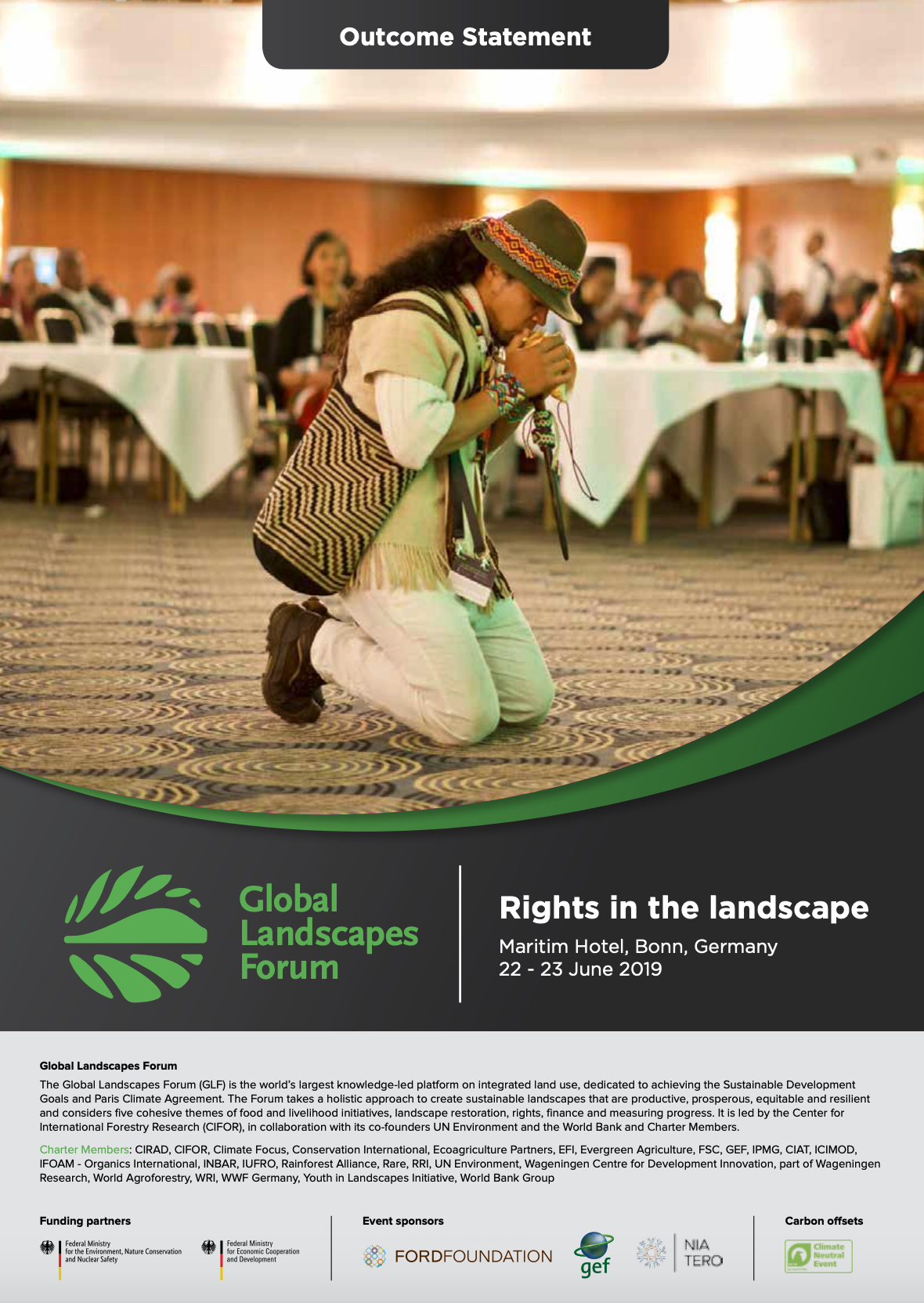Land-use change modelling in the Upper Blue Nile Basin
Land-use and land-cover changes are driving unprecedented changes in ecosystems and environmental processes at different scales. This study was aimed at identifying the potential land-use drivers in the Jedeb catchment of the Abbay basin by combining statistical analysis, field investigation and remote sensing. To do so, a land-use change model was calibrated and evaluated using the SITE (SImulation of Terrestrial Environment) modelling framework.






